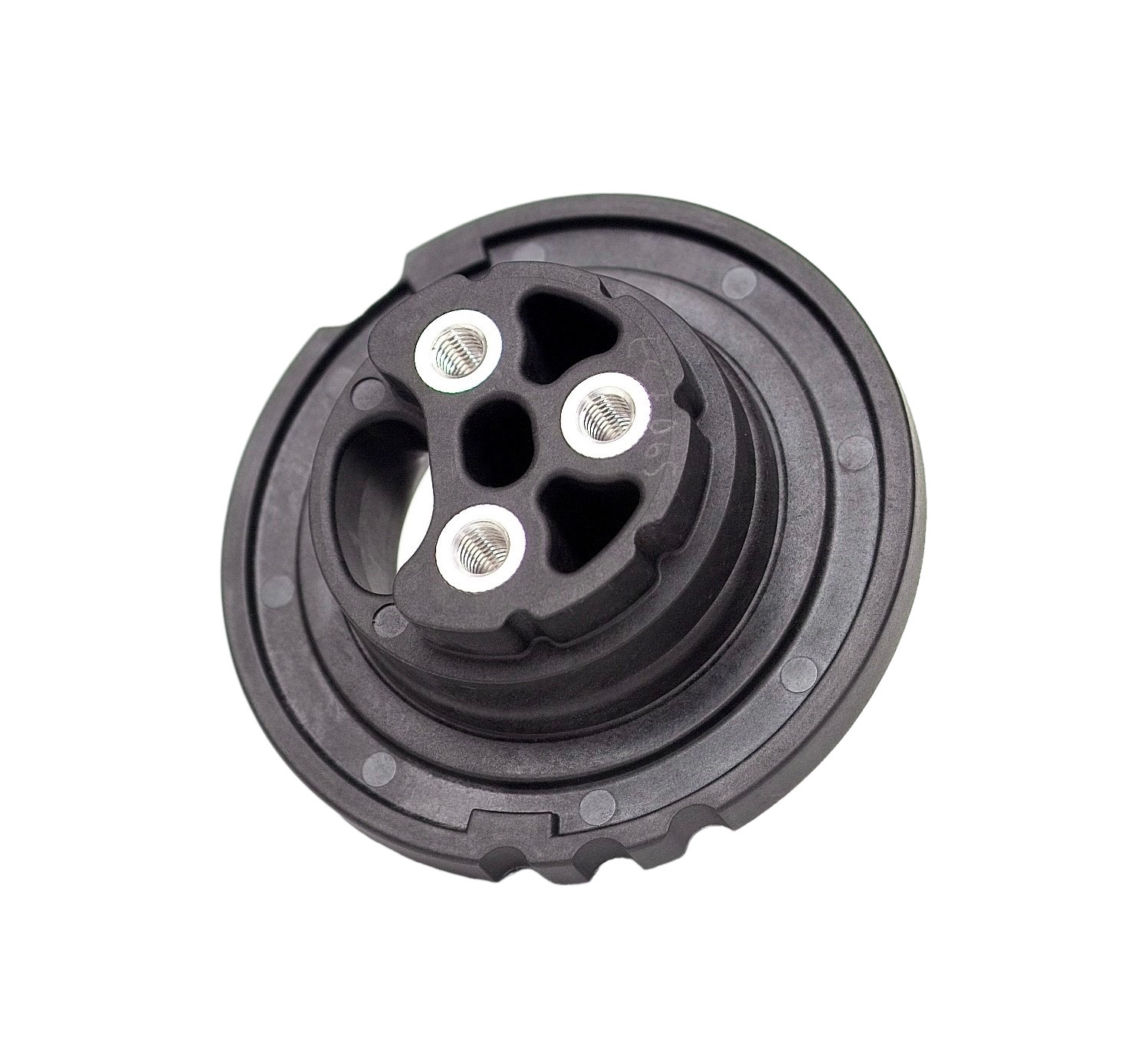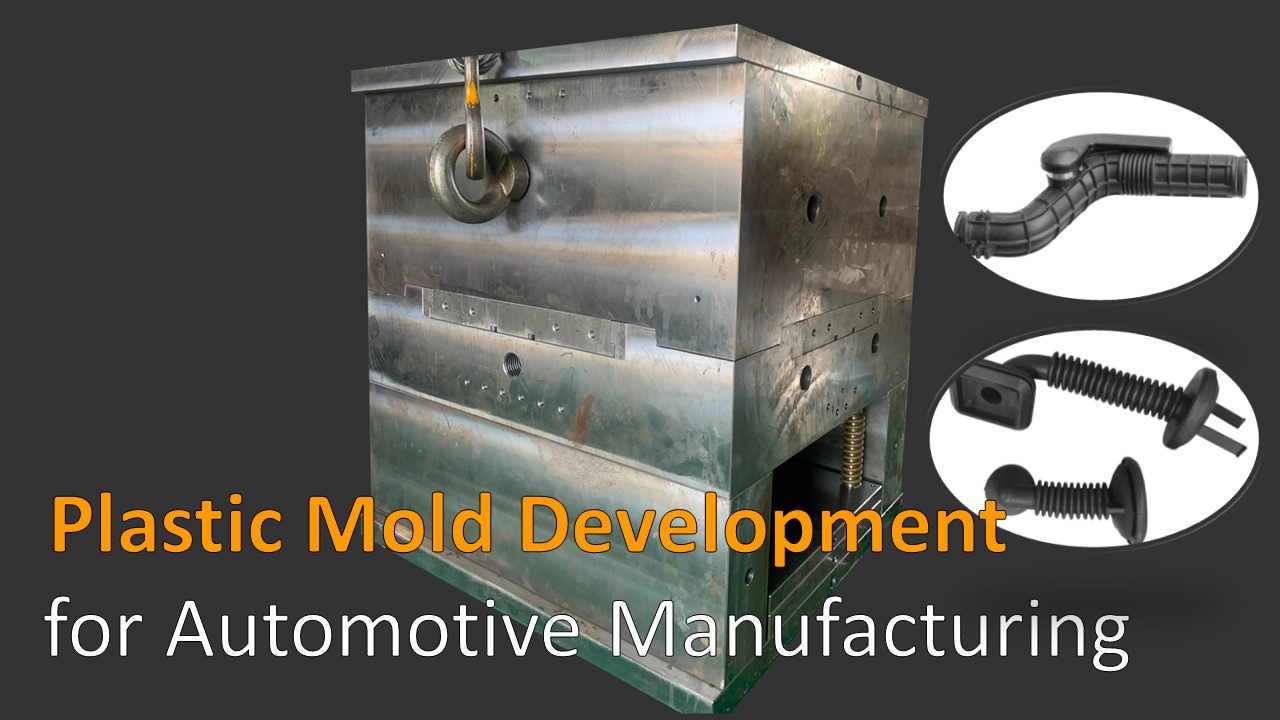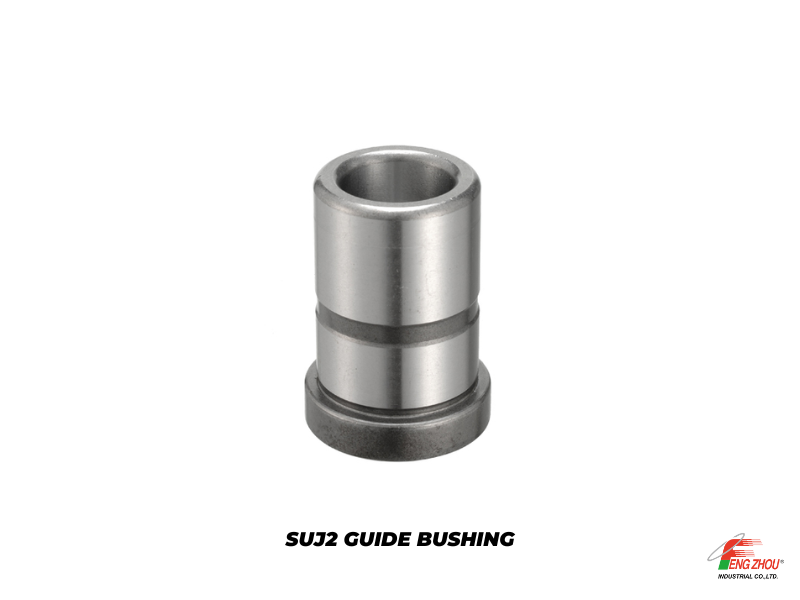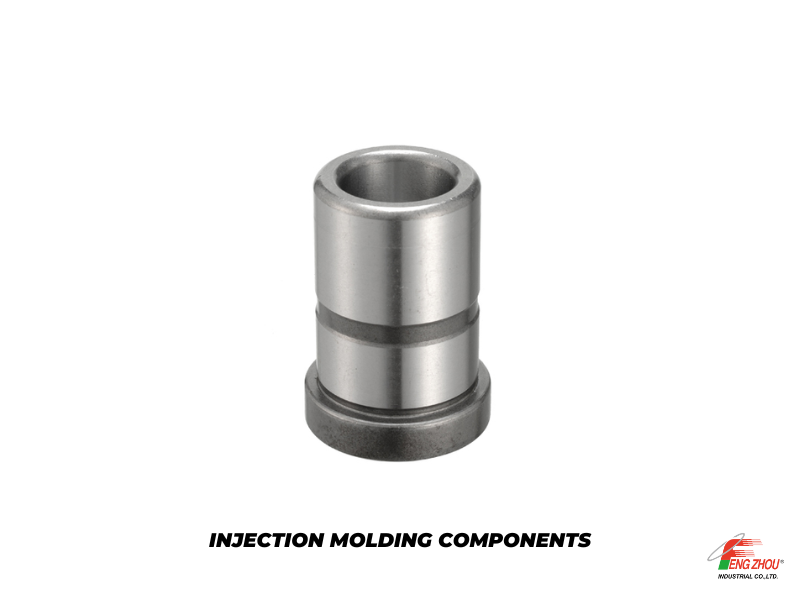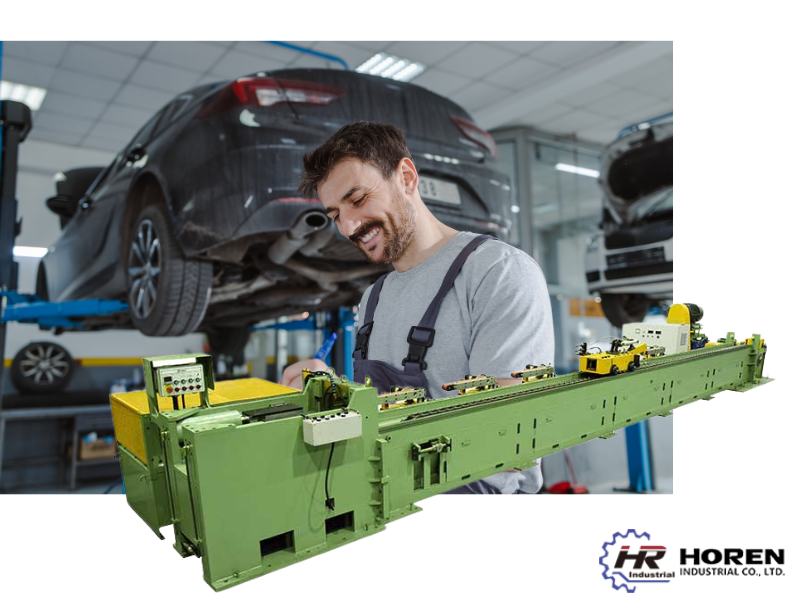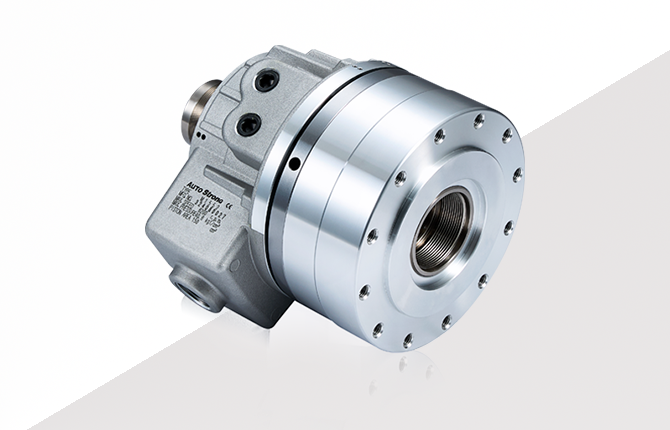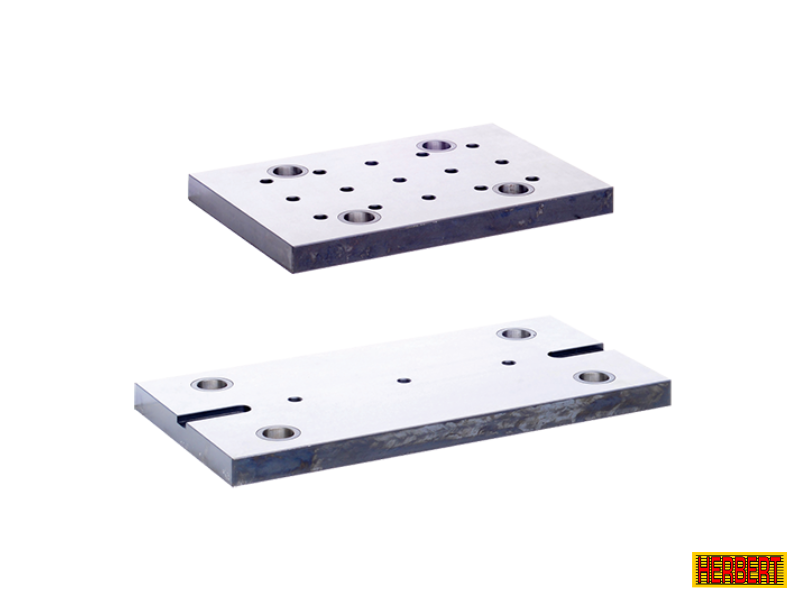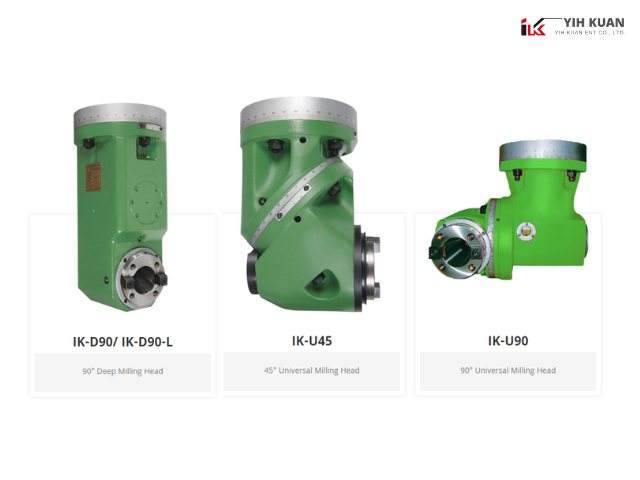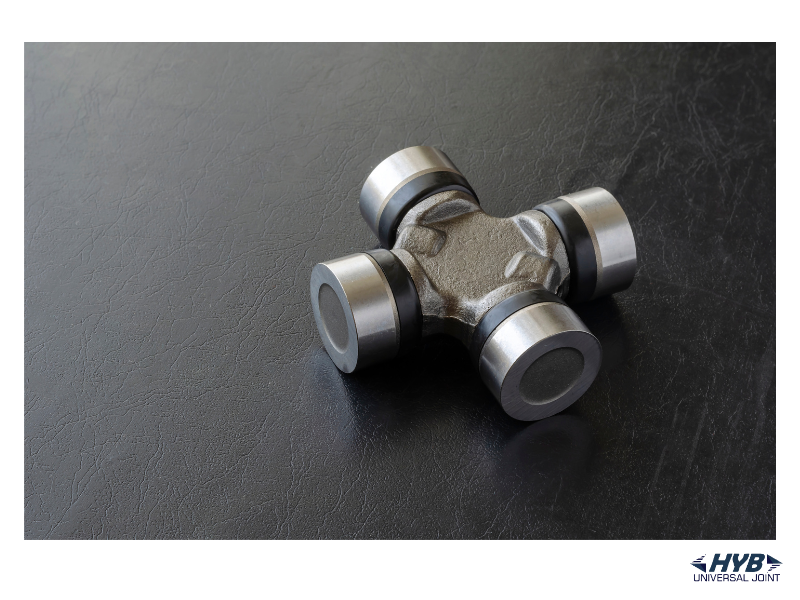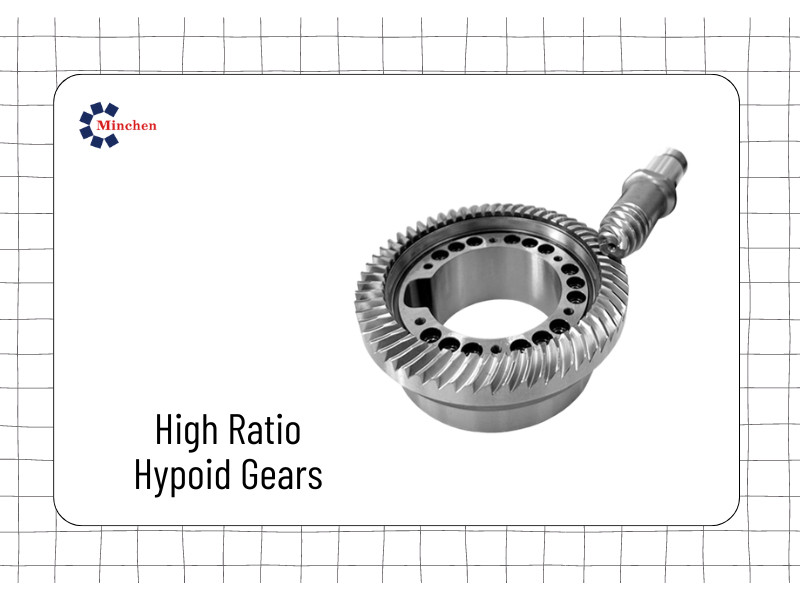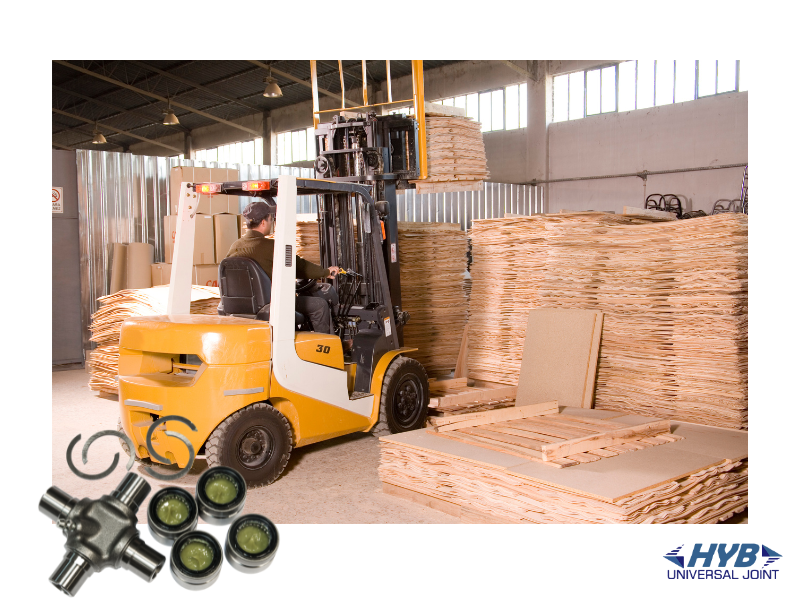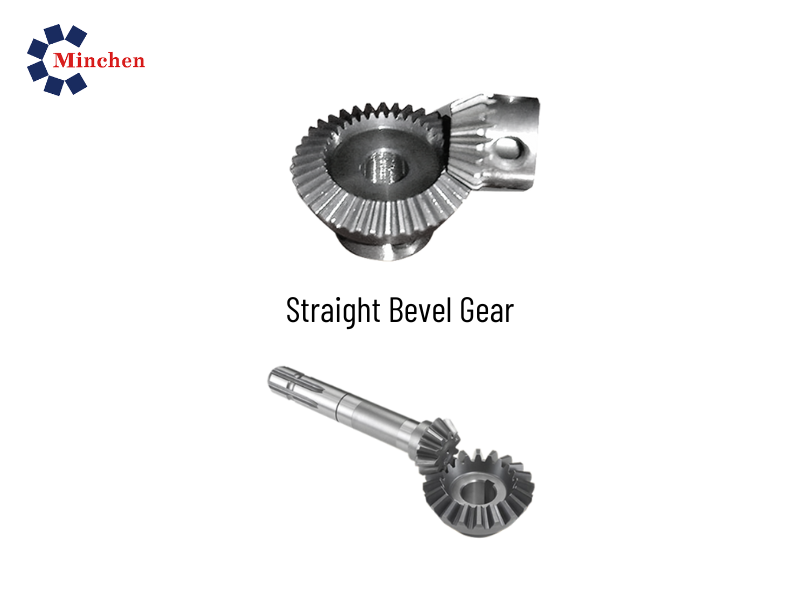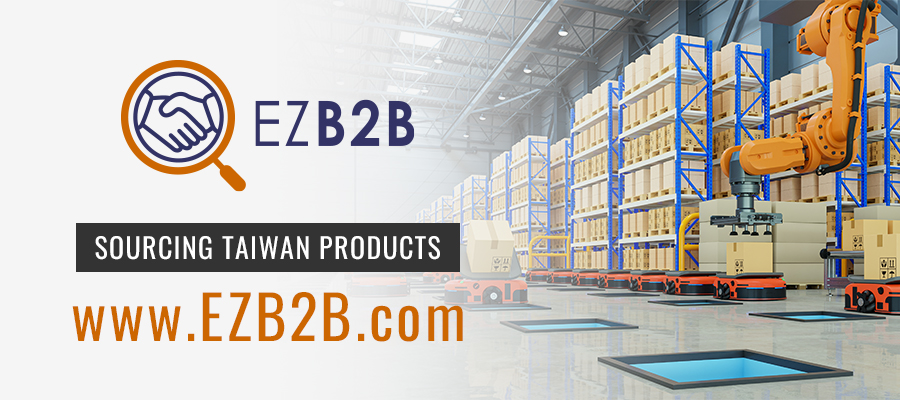The Fundamentals of a Vertical Machining Center (VMC)
2023-10-20Machinery
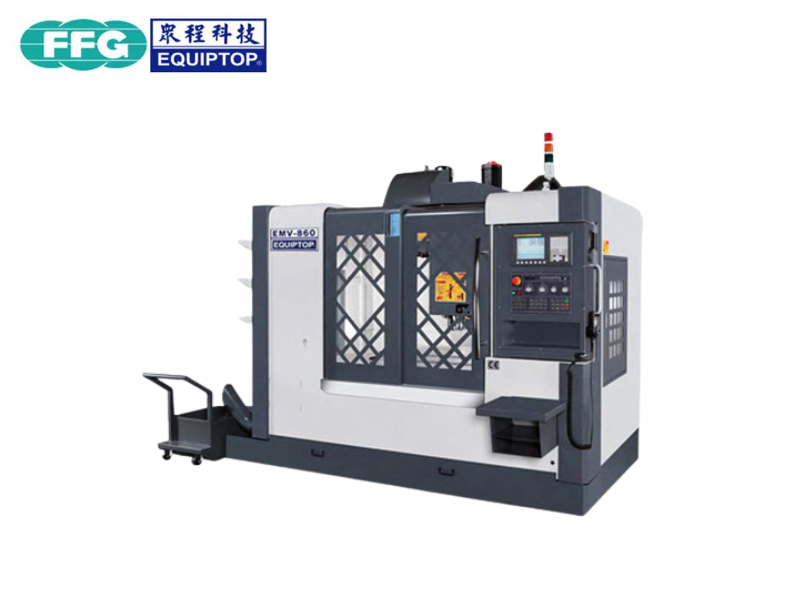
When it comes to milling, there are two main types: horizontal and vertical. While many businesses use both machines, some prefer vertical machining centers (VMCs) because of their versatility and cost-effectiveness.
Vertical machining centers are useful for cutting parts for mechanic equipment, the automotive industry, food processing, electronics, etc. Almost every manufacturing company needs a vertical machining center in their production process.
This guide will discuss what makes VMCs different from other milling machines and how they can benefit your business. We'll also discuss common components, work envelope sizes, and tool changers on these machines.
Definition of a Vertical Machining Center
It is one of the most common types of milling machines in use today. VMC typically utilizes a smaller work envelope than an HMC but can offer comparable precision and surface finish capability. These are also used for various applications, including machining, drilling, and boring.
Most Common Components
Vertical machining center has many components. A few are called essential components, while others are additionally common components. Here we are going to discuss a few of these parts:
1. Rotating Spindle: The spindle is the rotating shaft of the machine. It's typically made of cast iron or steel and can be fixed or variable speed. The spindle is used to cut, bore, drill, and mill materials like metal or plastic by removing chips from them as they are machined.
2. Tool Changer: A tool changer is a device that holds tools of different shapes and sizes. Tool changers are used in CNC milling machines to hold the cutting tool while it cuts the material. The most common types of tool changers are manual and automatic, but there are other types.
- Manual Tool Charger: With this tool changer, an operator manually changes the tool when needed. This type is ideal for small shops because they're inexpensive and easy to use. However, they don't offer much flexibility when making adjustments or changing settings on your machine's controller board (PCB).
- Automatic Tool Charger: Automatic tool changers typically have multiple magazines where you can store pre-configured setups for different operations, meaning less time spent setting up each job. However, these systems tend to cost more than manual ones due to their increased functionality and versatility
3. Work Table: The work table is the main surface that your machine uses to hold the part. The work table is usually made of cast iron or aluminum, but it can also be made of steel. It has a flat surface and a hole in the middle to allow the spindle to pass through. The VMC uses this hole as its primary means of moving around parts on its own; however, some VMCs have other ways they move around pieces, such as using lead screws or ball screws.
4. Coolant System: The coolant system is used to keep the cutting tool cool. The coolant can be water or oil, depending on what type of machine you're using. Coolant helps reduce heat and prevent tool wear, extending its life and improving productivity.
You can apply coolant in several ways: spray, mist, and drip. All apply a thin fluid film over a wide area around the cutting zone. Moreover, flood methods use gravity to distribute large amounts of liquid long distances.
5. Chip/Screw Conveyor: The chip/screw conveyor is a material handling system that moves chips, scrap, and other waste away from the cutting tool during machining operations. A typical setup includes a hopper or bin for storing chips, which feeds into a bucket elevator connected to an endless chain. The bucket elevator raises the material over an adjustable chute that directs it into a screw feeder at the end of each pass through your machine's spindle.
6. Full Covers/Enclosures: Full covers are used to protect the operator from the rotating spindle and to protect the operator from chips and coolant. They can be made of steel, plastic, or other materials. Full covers are typically mounted to the machine frame but can also be mounted to the work table.
7. Rotating Tables : Rotating tables are used to hold workpieces during machining. They can be used for both roughing and finishing operations, as well as vertical and horizontal machining. Rotating tables are also available in manual models or fully automated versions using CNC controls.
8. Quick Loading Loaders: Quick-loading loaders are used to increase the speed at which parts are loaded onto the machine. There are many types of quick-loading loaders, including:
- Manual and automatic loaders (for both loading and unloading).
- Vertical lathes with built-in quick loaders allow you to start machining immediately after loading your part.
Quick loaders can be used with many different types of machines, including vertical machining centers and other 3-axis milling machines
Vertical vs. Horizontal CNC Machining Centers
Vertical machining centers are more common than horizontal ones, but they're still not as widely used as their horizontal counterparts. They're also more compact and can be placed in smaller spaces, which makes them ideal for high-volume production environments.
The main benefit of vertical machining centers is that they make it possible to produce parts that are taller than they are wide.
This means you can create products with complex geometries that would otherwise be impossible on a horizontal machine.
How to Choose the Right Machining Center for Your Project?
Choosing the right VMC for your project is key to ensuring you get the desired results. Here are some things to consider:
- Size of Your Project: It is important to note the size of the VMC and your project. How big is it? If you are machining something large, such as a car body or machine frame, then it's likely that a larger VMC will be required. You'll have more space and capacity on these machines, so they can easily handle bigger projects. However, smaller vertical machines may be sufficient for this purpose if it's just small components that need machining.
- Accuracy and Surface Finish Required: The accuracy of each part being manufactured will determine how much time needs to go into setting up toolpaths in CAM software before manufacturing begins.
In addition to this consideration, consideration should also be given to achieving desired surface finishes. It could include anything from rough grinding through finishing off with polishing compounds etc.
Conclusion
A VMC is the most common type of milling machine in use today. It typically utilizes a smaller work envelope than a horizontal machining center (HMC) but can offer comparable precision and surface finish capability. So, if you're looking for an efficient way to cut parts on a budget, consider purchasing one of these machines.
EquipTop is a leading manufacturer, exporter, and supplier of VMCs. We offer high-quality Vertical Machining Centers at an affordable price. Our VMCs are widely used in auto, aerospace, medical, food & beverage industries, and many more. We provide the best Vertical Milling Machines at prices that any other manufacturer or supplier can't match.
EquipTop is one the best supplier that sells VMC with excellent quality. If you are looking for the best price and high-quality VMC, you should contact EquipTop as soon as possible.
